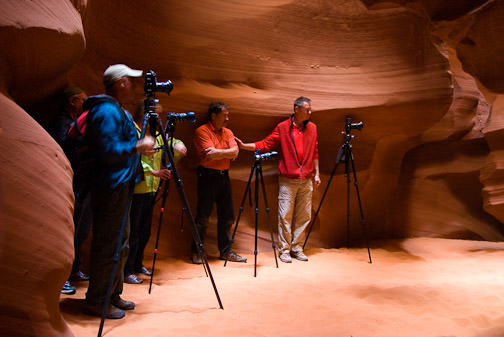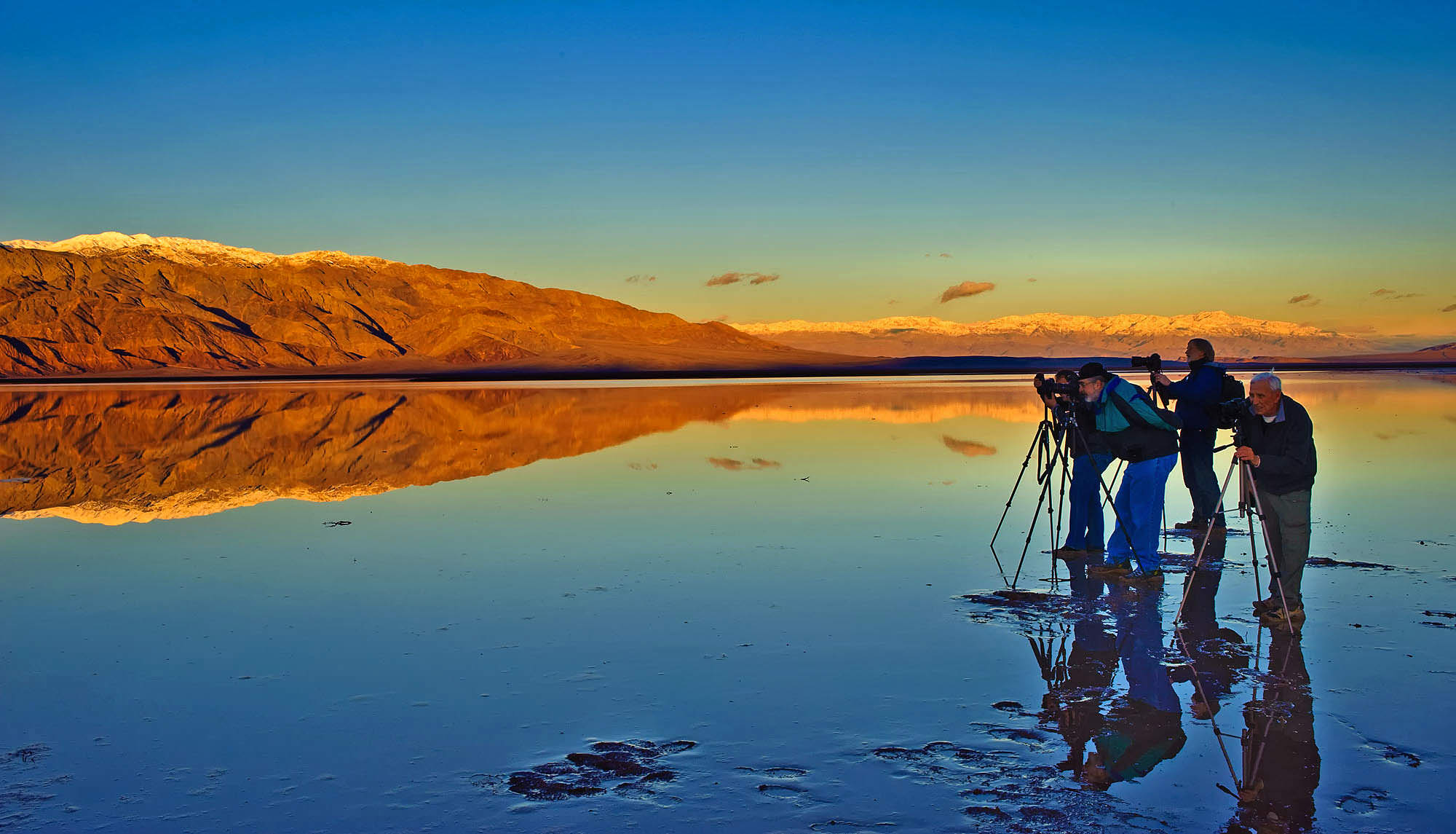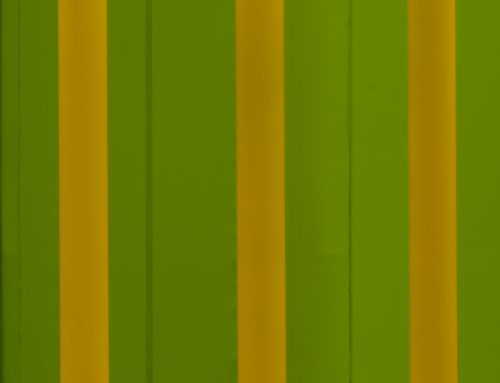https://www.jackgrahamphoto.com/photo-workshops
First, let me state … “Is this an article written to promote my business? You bet it is!. I am quite proud of what I do and what I provide to my participants, giving them the best “bang for the buck”. I pride myself on my return rate of attendees every year and seeing how many of my attendees are now producing sell able, quality work, not just form attending my workshops, but studying, getting out photographing and self critiquing their work really hard. If I can be a small part of their development, I am a happy camper.
The nature photography business is competitive and increasingly more demanding every year. You must be able to professionally market yourself, and all that goes into running your business successfully. Add in the economical climate and find that succeeding in the business of nature photography is filled with land mines.
Making a living as a nature photographer is ever changing. Stock, though not what it was, can still be viable. Selling prints, doing art fairs, are other ways to gain income,
I am always scanning the internet studying other photographer’s blogs and websites. I see some really great work as well as lots of mediocre photographers writing blogs and peddling their work. I see many photographers, but few artists. It is almost to say that all you need is a camera and a website and you can call yourself a pro. Unfortunately it isn’t that easy. ( a great list of wonderful websites are located here on this blog—on the right side. Although long, I probably have left out many more.. these are just a few. You could spend a year looking at these folks work, Everyone listed here are some of the photographers work I admire and study.
I make my living selling fine art prints and conducting photography workshops. I would like to address the latter in this essay.
The photography workshop “business” has become a very crowded arena in the past few years. Every month I scan the back pages of photography magazines and find new names that I don’t know. I know what these ads cost and at times question their value. I sometimes ask myself “Do these folks just want to see their name in print, or what?” I am sure that some workshop leaders find this kind of advertising cost effective and others don’t.
The nature photography workshop business is, like other businesses, is a small world. Though we may have never run into each other, we workshop leaders kind of all know who’s doing what, where and for what cost… (And if you don’t fellow workshop leader… you better!).
I know some workshop leaders have (or had) the attitude that “Wow, how hard can it be taking a group of folks to a great location and telling to shoot , shoot , shoot? Believe me it is NOT that easy. It takes time to develop your skills as a teacher, communicator and above all a caring instructor that is there to work with each person, find out their weakness and strengths and move them up to the next level in their growth as a photographer, by the time the workshop ends. Getting a few decent images is just the icing on the cake. Successful leaders have paid their dues. Some don’t think that dues are necessary. They are mistaken.
I have been teaching photography workshops for almost 20 years as well as participated in many workshops. Nature photography workshops can take place in exotic places, or right around the corner and range from a day to a week+. . Prices range from under 100.00 to thousands of dollars. There are workshops that specialize in landscape, macro photography or other areas of nature photography. In other words, there’s a myriad of choices out there for you to pick from.
I am a full time photographer and workshop leader. I am not a “weekend warrior” workshop leader, with a full time job somewhere else, that discovered there’s a few bucks to be made doing photography workshops. I love to teach. Heck, I’ve also counseled a few other photographers (who are now my competitors) on running workshops….its OK I have a 15 year head start on them!).
I am more than willing to share tips and techniques assuring your success in the field. I can guarantee that your workshop will be pleasant and productive whether you are a beginning photographer or a professional. You can travel with me on my workshops with the confidence that you’ll be well taken care of, learn lots and get some great images along the way.
My workshop itineraries are often copied (yes VERY OFTEN!!). I take this as a compliment, as it tells me that other workshop leaders know a good thing when they see one. Other workshop leaders sometimes offer workshops and itineraries to locations that I do as well, and some for lower prices, but the answer to this is simple because I have done my homework, and know the areas backward and forward before we get here. I use top notch guides when necessary and top notch booking agencies as well.
Simply, my references (available upon request) bear out that you get your monies worth by taking a Jack Graham Photography Workshop! Simply put, I am a photographer that caters to photographers, no matter what your level.
Before considering a workshop, ask your leader these questions.
1) Is this your job? Are you a professional photographer and for how long? Ask for his or her’s business license
2) How long have you been conducting workshops?
3) Do you carry insurance?
4) Do you file the proper paperwork with the National Park, Forest Service, BLM etc if necessary (yes, by law it is required).
These few questions will effectively weed out the “wannabees” from us professional nature photography workshop leaders.
The vast majorities of folks conducting workshops are adhering to the business practices and do a great job. I’ve actually recommended other leaders to my customers, so they can get a different view of the world that I’ll provide. This is how you grow and learn something that we are all still striving for every day. I learn something from every workshop I complete.
HOW TO PICK A WORKSHOP:
Equally as important as the location is the instructor. There are some great workshop leaders and lots of mediocre leaders.
PHOTO TOURS
* Locations are usually well known, and participants get the “icon”shots
* Usually lots of time spent shooting with less one on one contact with leaders.
* Leaders usually shoot a lot
* Not much time to review work either via laptop or “critique”sessions either when the light is bad, or in the evenings.
* Groups usually larger than the true “workshop” events.
* Once the “tour” is over. That’s it!
PHOTO WORKSHOPS (MY PREFERENCE)
* Well know locations, “icon” shots as well as selected areas that may be not as photographed or as well known
* Usually lots of shooting time in the field with much one on one instruction. Tours typically have a much greater 10 attendees to 1 instructor ratio that workshops.
* Leaders shoot a bit, but usually as instruction for participants. For example, it is not uncommon to get to a location and work with participants to explain what the leader may do, think and act to make a pleasing image. We all have different ways of trying to obtain the same result. It doesn’t mean my way is the best way, it means my way is the best for me, but by understanding what I do, in addition to other photographers, you should be able to find what works best for you.
Also, I have found that participants like to see how the workshop leader shoots the same scene, thou maybe a bit different and perhaps pick up some ideas to use in future shoots. As an example, I just finished going through my images from my workshop in the Eastern Sierra last October (I do that workshop every October-this will be my 16th year there at that time). I shot a total of 60 frames in 4 days.
The vast majority of that time is spent talking and doing my job as a leader with my participants. If I want to shoot for myself, I will come in a day early or stay a day later. I actually tell my participants, they are encouraged to “hang out” on those days and shoot with me if they want, but to understand, this is “my time”.
* Depending on the conditions and the time of the year (some days are longer than others—shooting time that it!) the review and critique of work
In a classroom setting can be limited. This is why I have developed what I call my “Classroom in the Field “Photography workshops. Though I always include some classroom and critique time, I am NOT going take an inordinate amount of field time in good light from sitting inside and talking about things when I can do the same thing in the field. We always make some time to do some critiques though as I have found over the years participants want to know what the leaders think of their work and how, if anything can be done to improve the participants results.
* I use a formula of 7-8 participants to one gets larger I bring in another extremely competent workshop assistant at my expense. However this has only happened about 3-4 times in the past few years. I enjoy the small group settings and find they really make the workshop fun and memorable for he participants.
* I received an image last week from one of my participants from a workshop from 2007. He had a question for me regarding the composition. This happens a lot and I encourage it. Though we all leave for home after the workshop, you can always send me email or call me. I amways happy to hear from you if you have something I can help you out with. My office here in Oregon is filled with images from many of my past attendees. I encourage my
I tell my attendees that I am here for as much or as little help and instruction that you want”.
 Location: Other than the obvious, where you would like to photograph, find out if the instructor has been there before and knows the ins and outs of the area. I often will change itineraries due to weather and light. I know the areas I go to and can instantly decide to go somewhere else in order to get better light etc. Make sure they know the accommodations and environment.
Location: Other than the obvious, where you would like to photograph, find out if the instructor has been there before and knows the ins and outs of the area. I often will change itineraries due to weather and light. I know the areas I go to and can instantly decide to go somewhere else in order to get better light etc. Make sure they know the accommodations and environment.
Cost : Determine your available funds. It always strikes me as interesting to see people going out and spending tens of thousands of dollars on equipment and not factoring in any money for education. Believe me; spending some of your investment into a workshop will be worth its weight in gold.
I always council folks to take workshops with leaders like me. I am not the “big name photographer”; (I’ll not use names here for obvious reasons) who charges lots of money for their workshops. I am not saying they are not worth it, but I can guarantee that there are leaders out there, like me and others who can teach, guide and conduct workshops equally as well, at much less cost, that will provide you with more one on one time and basically work harder that the “big name photographers” will. I often hear of someone going on a workshop with the big name guy and hear that once in the field they disappear and are out shooting for themselves, on your dollars! Last year at North Lake, in the Eastern Sierra, a well know leader brought his group out later than me for a sunrise session. (These not a lot of room there to get the best image). He said to the group.. “Cram in next all these people to get your shot; I’ve already got this shot, so I am going over to the other side of the lake”. True story.
Instructor: Do you’re homework. Look at his or hers blog’s, website, writings and workshop reviews. As for more references if necessary. Ask yourself if like the type of photographs the instructor takes. Ask about the instructor’s reputation as a teacher from past attendees.. Often, great photographers are poor teachers, and some good teachers are poor photographers. You want to find a workshop leader that is competent in both facets.
 Workshop Size:
Workshop Size:
A small group of 4-9 photographers is ideal. I like to keep the instructor to student ratio below 1:7. If the group becomes larger then it becomes more difficult to give each attendee the individual attention they paid for…
My workshops include a 60+ page PDF file, emailed after the workshop is over including notes, images and step by step instruction on everything we discuss in the field (i.e. Depth of field, use of filters, etc.
One on One workshops:
I also offer One on One workshops. Some folks prefer one-on-one instruction. Attendees are assured of learning what they want in a private environment. For some attendees this is the fastest and most effective way to learn photography.
So……………….. Consider a workshop, and know what you are getting into before sending in that deposit. Buyers beware… it’s a jungle of photography workshops out there these days.















[…] you. This discussion came up on the phone with a friend yesterday so I am going to re post it here. CHICK HERE to read it. I know it will help those of you looking for the the right […]
Great article I have taken workshops from other well known workshop leaders and I always come back to you. Your research on a location is right on. I know I am going to go to the right place at the right time. You also spend enough time with critiquing and editing in the classroom. Thanks Jack for making a better artist.
Cliff Briggin
415-456-7016
THANKS CLIFF–YOUR RESPONSE IS WHY I DO WHAT I DO!…THANKS AGAIN
JACK